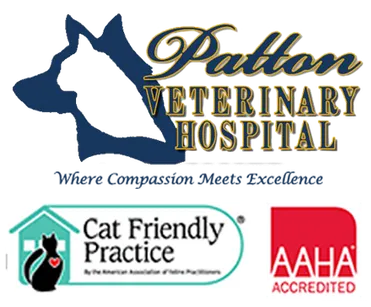The latest breaking news in the dog world has been the outbreak of canine influenza in the Midwest. Similar to human strains of the flu, canine flu results from a virus, easily transmitted through the air and contact with the mouth/face. Dogs most at risk include those in high density dog areas like kennels, groomers, doggie daycares and dog parks. The signs of canine flu include coughing, nasal discharge, lethargy, lack of appetite and high fever. Diagnosis is often presumptive, however to definitively diagnose the disease blood/nasal secretions would need to be collected and sent to an outside laboratory. Treatment mainly targets the clinical symptoms and can include hospitalization for IV fluids, anti-fever medications, oxygen therapy, and potentially antibiotics for secondary bacterial infections. Dogs can shed the virus for up to 10 days after infection, thus isolation from other dogs is very important in preventing the spread of the virus. The current canine flu vaccine available is for the H3N8 strain, which appeared in the US in 2004 during the last canine flu outbreak. It is unknown if there is cross protection from the current vaccine for this new H3N2 strain of canine flu, however you may still wish to consider vaccination if your dog frequents some of the high risk type of areas. At this point, no confirmed cases have been identified in south central Pennsylvania. However if your dog develops such signs, it is important to seek
Canine Influenza
Location
--mi
Patton Veterinary Hospital
Address
425 E Broadway
Red Lion, PA 17356
Contact Information
(717) 246-3611
